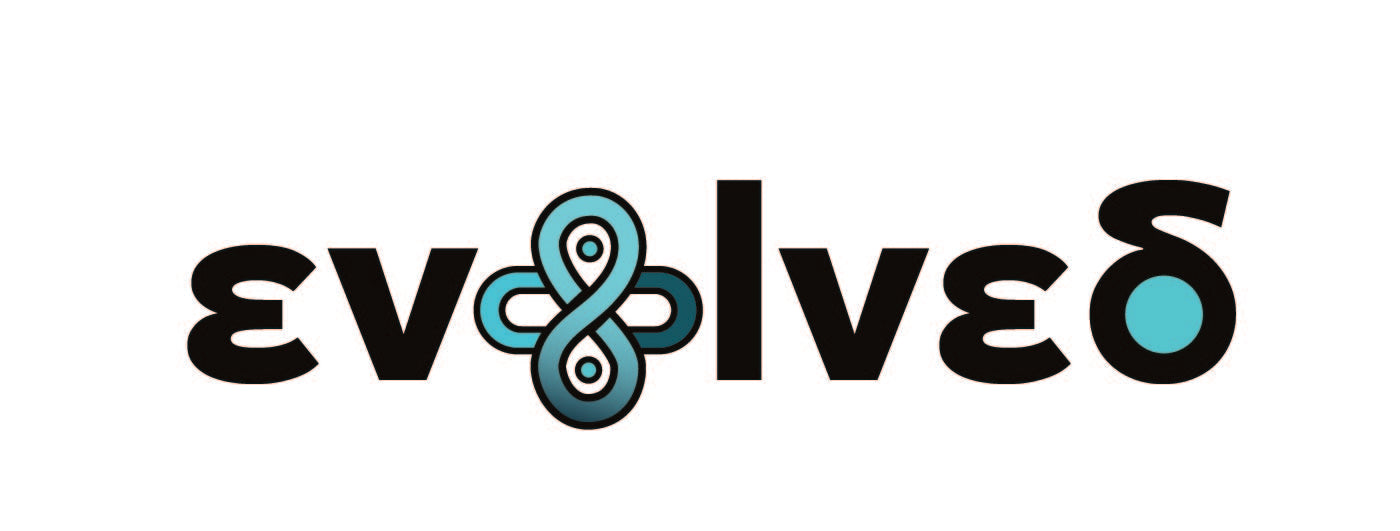Managerial Breakthrough: A New Concept for the Manager's Job

**Managerial Breakthrough** is one of Joseph M. Juran’s most influential books and a cornerstone of modern quality management and continuous improvement thinking.
---
## Overview and Significance
- **First published in 1964**, *Managerial Breakthrough* was the **first book to describe a step-by-step sequence for breakthrough improvement**—a systematic approach to achieving significant, rather than incremental, performance gains in organizations.
- The book introduced the concept of **“breakthrough” improvement** as distinct from routine, incremental improvement, emphasizing the need for structured, project-based efforts to solve chronic problems and achieve substantial results.
- Juran’s methods in this book laid the groundwork for later quality improvement frameworks, including Six Sigma’s DMAIC process, and have been widely adopted in both manufacturing and service industries.
- DMAIC is a data-driven problem-solving and process improvement methodology within the Lean Six Sigma framework. It stands for Define, Measure, Analyze, Improve, and Control. DMAIC is used to identify and eliminate waste in a business process, ultimately improving performance and productivity.
---
## Key Concepts
- **Managerial Breakthrough Sequence:**
Juran outlined a universal sequence for achieving breakthroughs in performance:
- Proof of the need
- Project identification and organization
- Diagnosis and analysis
- Remedial action
- Overcoming resistance to change
- Control at the new level
- **Juran Trilogy:**
The book is closely linked to Juran’s famous Trilogy—**quality planning, quality control, and quality improvement**—which together form a comprehensive approach to managing for quality and driving organizational change.
- **Focus on Cause and Effect:**
Juran emphasized understanding and managing cause-and-effect relationships in business processes, and measuring quality in financial terms to drive decisions and improvement.
- **Universal Applicability:**
Juran argued that the principles of breakthrough improvement apply not only to manufacturing but also to service industries, sales, and other business functions[2].
- **Human Dimension:**
The book highlights the importance of management responsibility, training, and overcoming resistance to change, placing the “human dimension” at the center of quality improvement.
---
## Legacy and Impact
- *Managerial Breakthrough* is recognized as a **classic in management literature** and has been credited with shaping the field of quality management and continuous improvement.
- The book’s structured approach to problem-solving and improvement has influenced integrated management models and remains relevant for organizations pursuing operational excellence and transformation.
- Juran’s ideas helped catalyze the quality revolution in Japan and globally, emphasizing that quality improvement is a managerial responsibility and a strategic imperative.
---
**In summary:**
*Managerial Breakthrough* by Joseph M. Juran is a foundational work that introduced the concept and methods of breakthrough improvement, established the Juran Trilogy, and provided a systematic, people-centered approach to quality and organizational change. Its influence is seen in modern quality management, Six Sigma, and continuous improvement practices worldwide.
ISBN:- ISBN-10: 0070331723; ISBN-13: 978-0070331723
-
Books
- Agendashift: Outcome-oriented change and continuous transformation (2nd Edition)
- Agile People: A Radical Approach for HR & Managers (That Leads to Motivated Employees)
- Agile People Picturebook
- Becoming Coachable: Unleashing the Power of Executive Coaching to Transform Your Leadership and Life
- Beyond Command and Control
- Competitive Engineering
- Creating Agile Organizations: A Systemic Approach
- Cynefin - Weaving Sense-Making into the Fabric of Our World
- Evolutionary Project Management & Product Development
- Freedom from Command and Control
- Flight Levels: Leading Organizations with Business Agility
- Future Ready
- Large-Scale Scrum: More with Less (Addison-Wesley Signature Series (Cohn))
- Lean UX
- Managerial Breakthrough: A New Concept for the Manager's Job
- Mastering Leadership
- Nexus Framework for Scaling Scrum, The: Continuously Delivering an Integrated Product with Multiple Scrum Teams (The Professional Scrum Series)
- Out of the Crisis
- Pivot: Real Cut Through Stories by Experts at the Frontline of Agility and Transformation
- Playing to Win: How Strategy Really Works
- Present Sense: A Practical Guide to the Science of Measuring Performance and the Art of Communicating it, with the Brain in Mind
- Principles of Software Engineering Management
- Professional Product Owner
- Purpose Driven People: Creating business agility and sustainable growth
- Re-Creating the Corporation: A Design of Organizations for the 21st Century
- Scaling Leadership
- Sense and Respond: How Successful Organizations Listen to Customers and Create New Products Continuously
- Succeeding with OKRs in Agile: How to create & deliver objectives & key results for teams
- Systems Thinking in the Public Sector: The Failure of the Reform Regime. and a Manifesto for a Better Way
- The New Economics for Industry, Government, Education – Third Edition
- Team Topologies: Organizing Business and Technology Teams for Fast Flow
- The Collaboration Equation: Strong Professionals Strong Teams Strong Delivery
- The Little (illustrated) Book of Operational Forecasting: A short introduction to the practice and pitfalls of short term forecasting - and how to increase its value to the business P
- Transformed: Moving to the Product Operating Model (Silicon Valley Product Group)
- Triggers
- Unlocking Business Agility with Evidence-Based Management: Satisfy Customers and Improve Organizational Effectiveness (The Professional Scrum Series)
- The Professional Agile Leader: The Leader's Journey Toward Growing Mature Agile Teams and Organizations
- The Principles of Product Development Flow: Second Generation Lean Product Development
- unFIX
- Value Planning
- What Got You Here Won't Get You There: How successful people become even more successful
- Who Does What By How Much?: A Practical Guide to Customer-Centric OKRs
- Wholehearted: Engaging with Complexity in the Deliberately Adaptive Organisation
- Zen and the Art of Organising Work: an Illustrated Guide: The Hidden Anatomy of Effective Organisations… Using Systems Thinking to Unlock Nature’s Secrets

